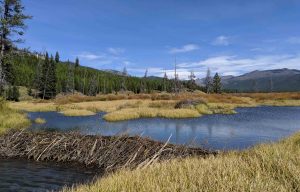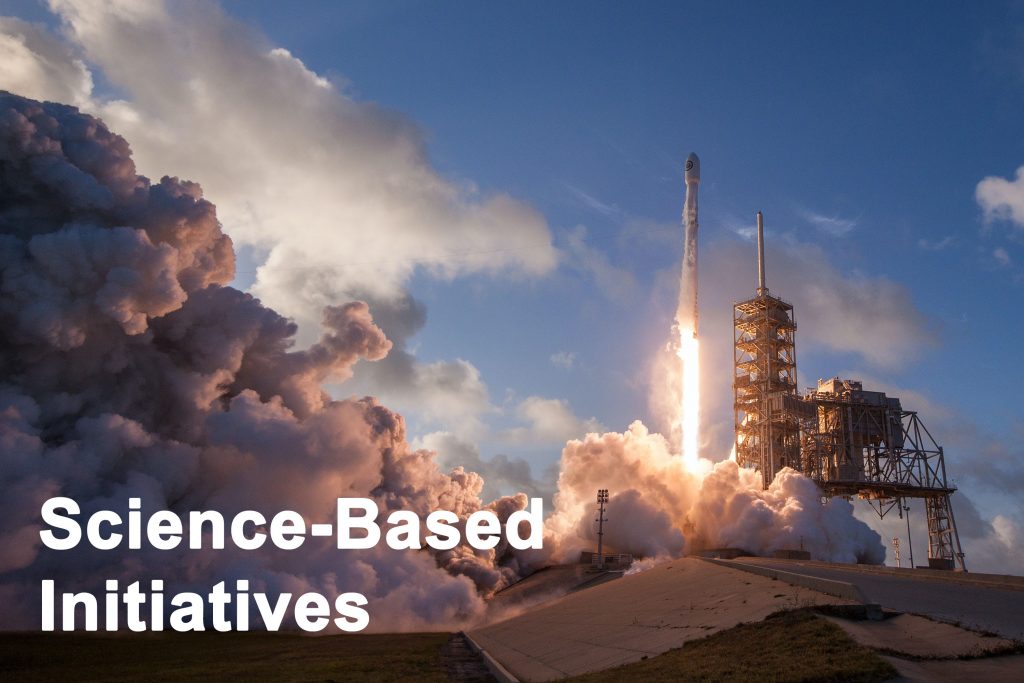
Explore cutting edge science topics, their latest developments, and their relevance to society through speaker presentations followed by question-and-answer period with the audience.
FALL 2025 SCIENCE INQUIRY SERIES
The Fall 2025 Science Inquiry Series begins on September 24 with a talk by MSU physics professor Dr. Charles Kankelborg on our sun at solar maximum. It continues on October 22 with Dr Lee Spangler, director of the MSU Energy Research Institute, discussing ways to reduce climate impact while maintaining our economy and standard of living. The series concludes on November 19 with Rachael Dines, PhD candidate in MSU’s Department of Animal and Range Sciences, sharing her research on riparian systems in the Absaroka-Beartooth Wilderness.
Come join us as we explore important questions in science today.
Science Inquiry Series Explores the Riparian Environment of the Absaroka-Beartooth Wilderness
How have beaver reintroduction and shifts in the moose population influenced riparian vegetation in the southern Absaroka-Beartooth Wilderness over the last 40 years? Rachel Dines, Ph.D. candidate in the MSU Department of Animal and Range Sciences, will address this question in the third and final presentation of the Fall 2025 Science Inquiry Series.
The talk will be presented in the Community Room of the Bozeman Public Library on Wednesday, November 19, at 6:30 pm. It is sponsored by the Gallatin Valley Friends of the Sciences, and co-sponsored by the non-profit service organization Hopa Mountain.
The series explores cutting edge science topics, their latest developments, and their relevance to society through speaker presentations followed by questions from the audience. The talks are free to the public; seating is on a first-come, first-served basis.

In her presentation, titled “The Story of Moose, Beavers and Willow in the Absaroka-Beartooth Wilderness,” Dines will discuss how these animals rely on riparian ecosystems for food, cover, and as travel corridors, and will summarize her research examining long-term monitoring data for these riparian areas.
Dines moved to Montana in 2019 to assist with grizzly bear research, and subsequently earned a master’s degree from MSU researching willow response to beaver reintroduction and moose population changes in the Absaroka-Beartooth Wilderness. She has continued ecological research at the university, and is currently studying whitebark pine ecology in the Absaroka-Beartooth Wilderness as a PhD student in the Department of Animal and Range Sciences.
The presentation will be followed by a question-and-answer period.

Keep up on the world of science with this feature offering links to selected online articles in a variety of disciplines.
November’s Featured Article
From The MIT Press Reader:
The Rise and Unraveling of America’s Science Pact
For additional article links, click on the “Science Link” tab above (under the banner).

Click on the “Initiatives” tab above (under the banner) to learn about current science-based initiatives. Current topic: climate change.
